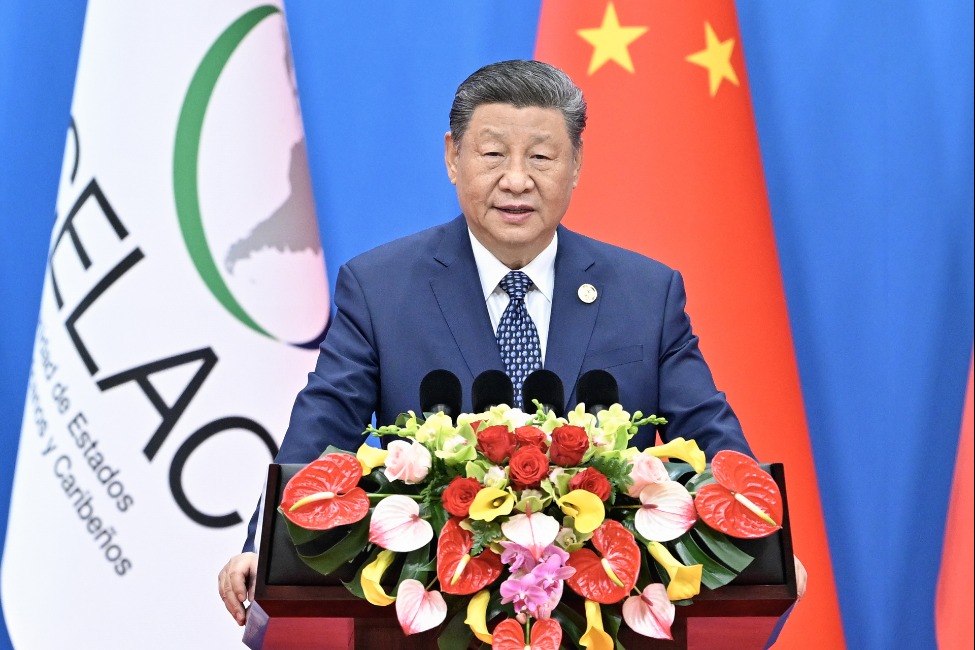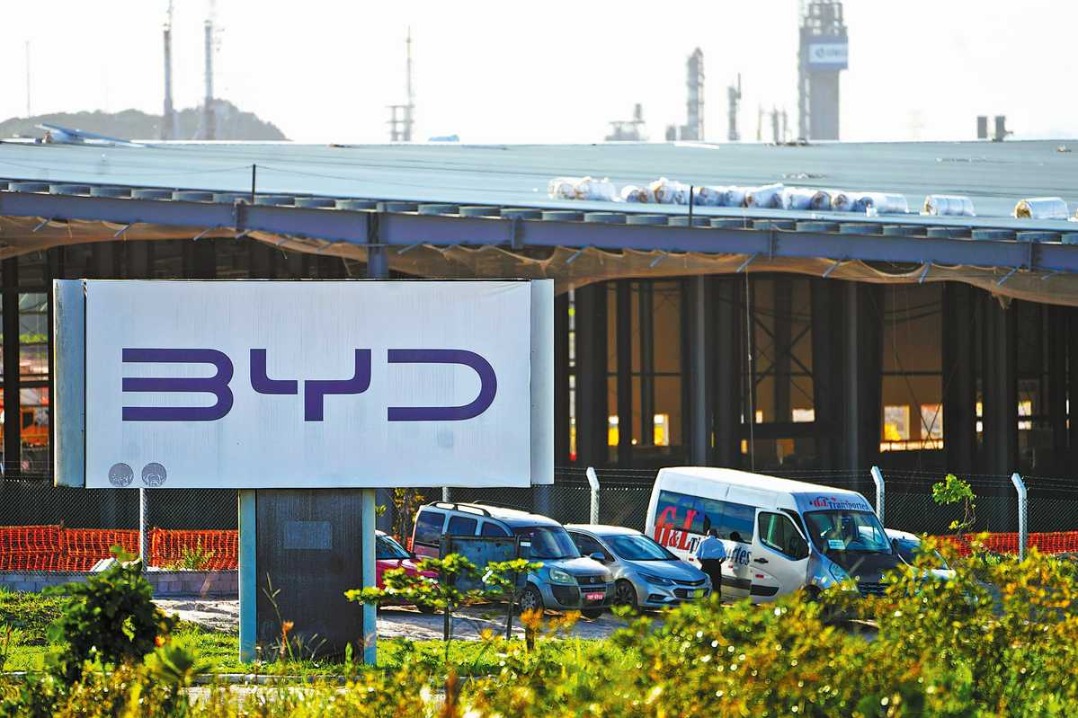Higher-level action needed if local authorities cannot stop polluters


BEIJING NEWS REPORTED ON THURSDAY that the dust and sewage from an iron ore processing factory in Urad Middle Banner, Bayannuur, in the Inner Mongolia autonomous region, have caused serious pollution in adjacent pastures, and contaminated the Moleng River downstream. China Daily reporter Li Yang comments:
This is not the first time that western Inner Mongolia has made headlines because of environmental pollution.
Five years ago, industrial parks of the Alshaa Left Banner-which were constructed supposedly to promote the circular economy-were found to be discharging industrial waste water directly into the Tengger Desert forming four "evaporation ponds" that covered an area of nearly 20 soccer fields.
That incident resulted in 24 officials being held accountable and responsible enterprises paying 569 million yuan ($84 million) to compensate for the ecological damage they caused, which is believed to be just a drop in a bucket given the huge expenses of the daunting environmental restoration task.
It is no different this time. The local environmental protection bureau has warned and fined the iron ore processing factory. And local herdsmen had long complained about the plant, yet that did not put a stop to its polluting.
That is to say all the institutional anti-pollution mechanisms have failed, and the local authorities have not taken coercive measures to stop the pollution from happening, even though the people's complaints have been heard everywhere. As the central authority's investigation of the earlier Tengger Desert pollution shows, in all probability a handful of local officials act as protective umbrella for the business.
Obviously, if the local authorities cannot do it, the central authority must look into the incident quickly and stop the pollution as soon as possible, because the ecology in the desert and prairie is extremely vulnerable-the ecological damage in these regions is sometimes irreversible.

































